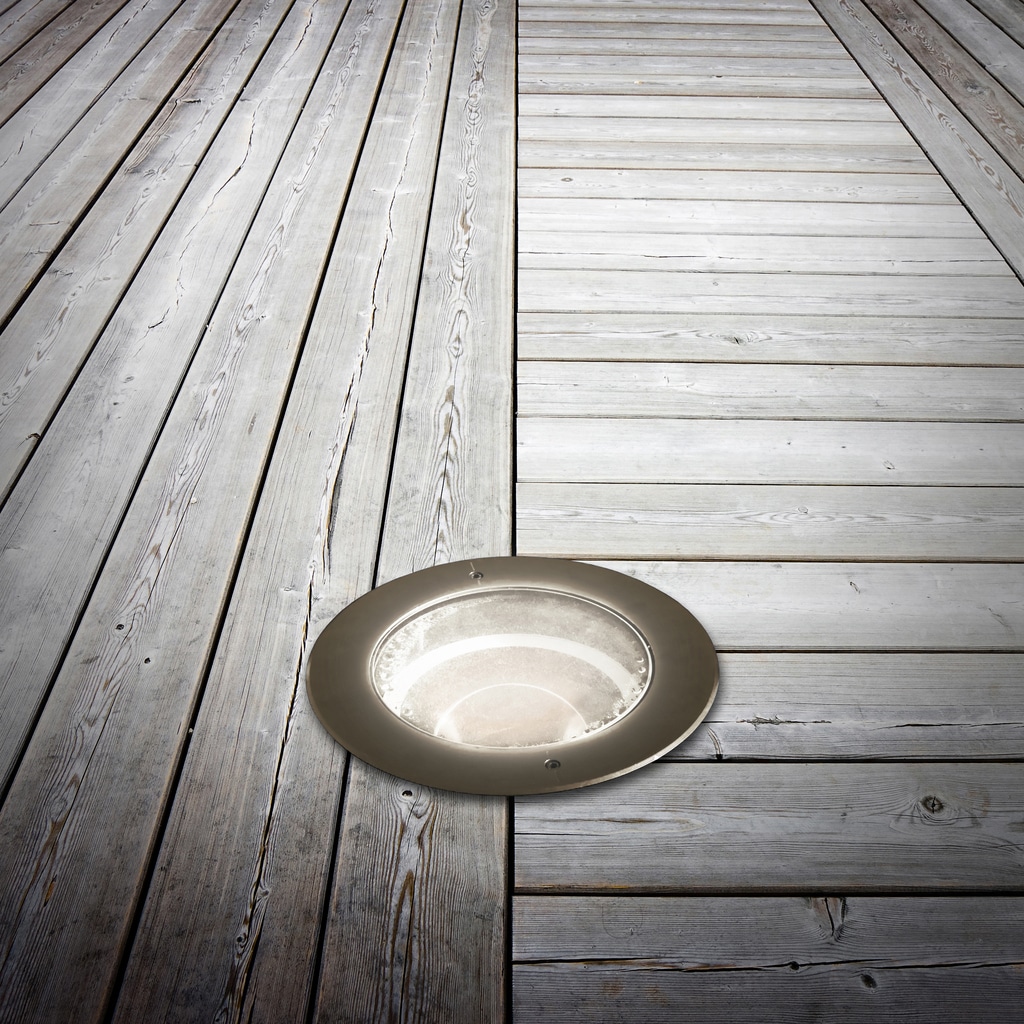Before you order your home energy score, it’s a good idea to look around your Portland home and take care of some low-hanging fruit to potentially improve your energy score.
Improve your score: stop air leaks!
Because home energy score assessors place a heavy emphasis on keeping warmed or cooled air that’s already in the home, inside the home, stopping that air from leaving should be a big priority for homeowners wishing to get the best score possible.
In our first Do-it-Yourself Home Energy Score Improvement blog post, we talked about one major place where air leaks occur: The attic. Sealing up gaps and cracks, and upgrading attic insulation, is a great way to improve home energy efficiency and boost your score. Read more here.
Where else does air escape the home? Anywhere there could be an opening in the “building envelope” — that is the exterior walls, interior walls, ceiling, and roof. In this blog post we’ll take a look at some of the leakiest openings: Recessed lights, windows, and doors. Fortunately, the fixes are cheap, easy and fast — and can make the difference for your Portland home energy score.
Improve your score: stop air leaks in fixtures.
Stopping air leaks around recessed or “can” lights. This style of light is installed in the ceiling and usually butts up into the attic space. Uninsulated lights are then a straight passageway from the ceiling — where all the warm air in a home usually gathers — and the attic. Even if your attic is insulated, it’s still considered an air leak because air is moving from a heated to an unheated space.
To determine whether your lights are insulated, read the inside of the light canister. Those designated “ASTM E283” are preinsulated and will not cause an air leak to your attic.
If the light is not preinsulated, look for the letters “IC” on the canister. Lights marked “IC” can be safely be in contact with insulation you add yourself. Those without IC must have a three-inch clearance around the canister to prevent overheating the fixture and creating a potential fire hazard.
To insulate IC-rated fixtures, stuff loose fill or batt insulation into the gaps between the canister and ceiling. You can also pile insulation on top of the fixture.
If the fixture needs a clearance, look at your home improvement store for ready-made fixture covers you can install via the attic. Some are pre-insulated, and others simply provide the clearance so you can add your own insulation.
Improve your score: stop door and window air leaks.
Stopping air leaks around windows and doors. If you can see major gaps between the frame of your door or window, use a low-expansion foam product that you can spray in to stop air from moving in and out. Otherwise, simple weatherstripping will do. EPDM rubber foam tape is the best in our experience. Install it around the door or window frame to reduce air leaks — this product comes in various thicknesses so measure the size of the gap before you buy!
For doors, a door sweep can do wonders to reduce drafts. You’ll notice the difference this spring as we prepare for the stormy season in Portland!
Ready to order your home energy score? Call us today!

